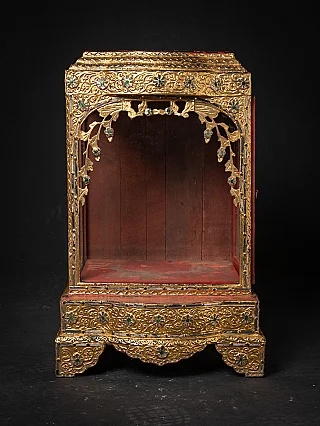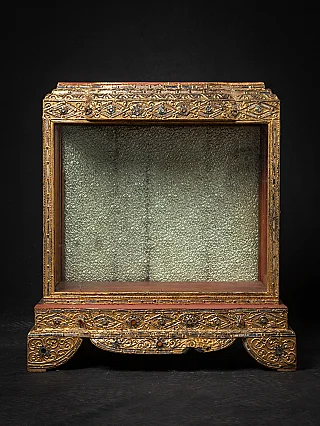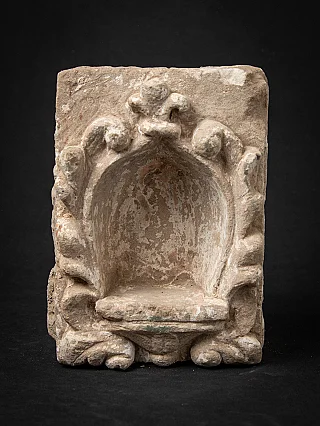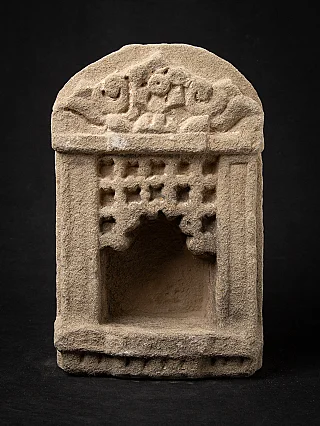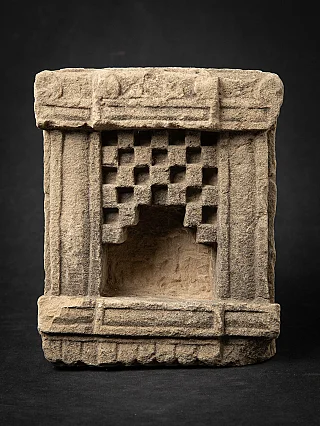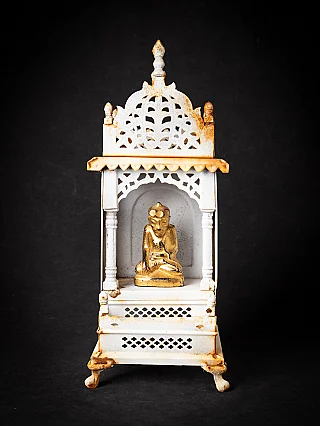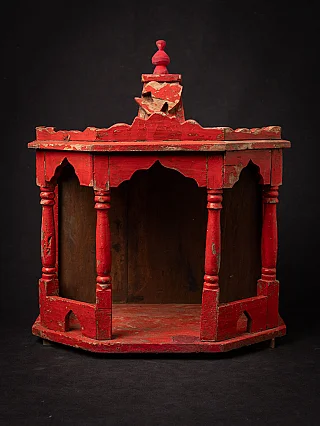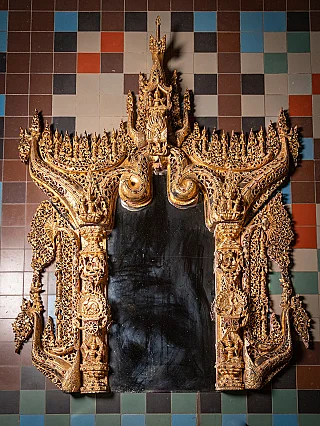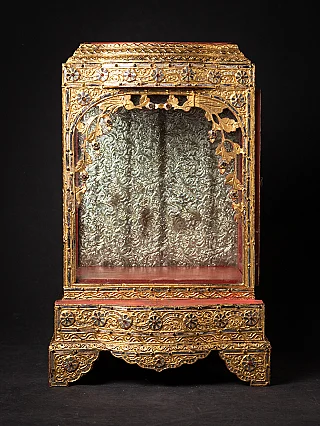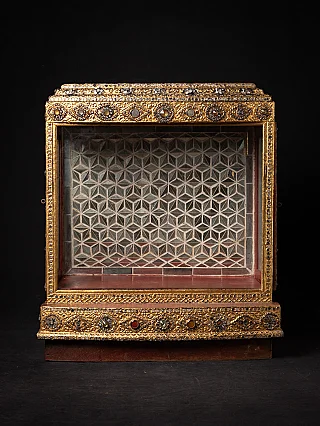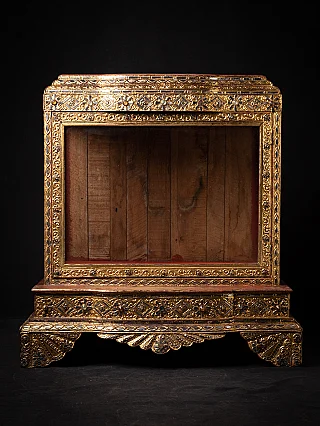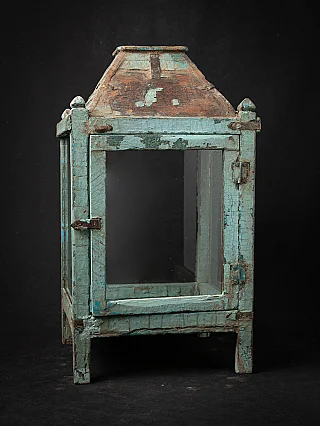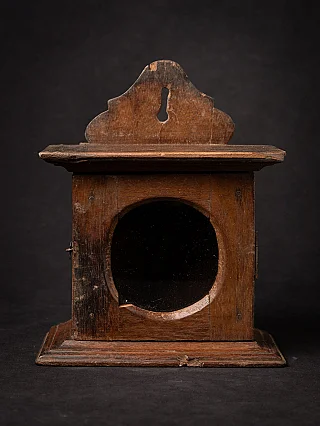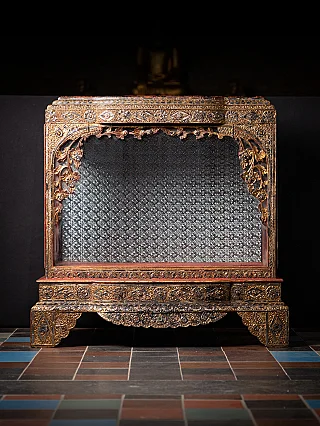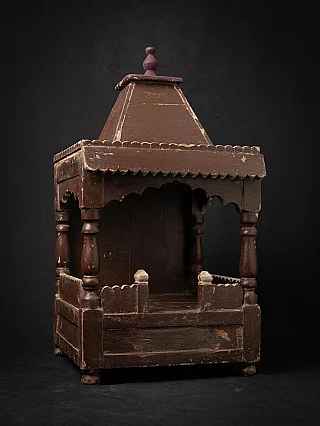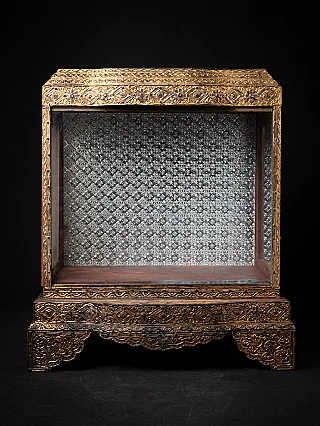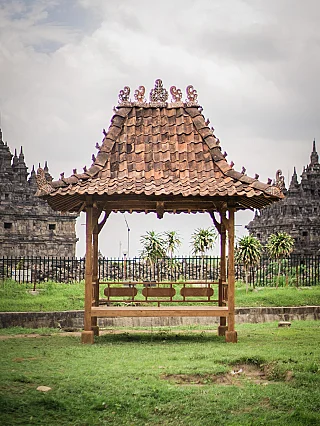Pyu Period Architecture

Pyu Period Architecture was developed during Pyu period in Myanmar. The architecture was centralized in the three areas - Beikthano, Halin, and Srikestra. Among the three sites, the first two sites were developed during the early Pyu period while the third one Srikestra was developed in the Late Pyu Period. The architectures and culture of Burma have been recorded and published by Dr. Richard M. Cooler in his Book, "The Art and Culture of Burma". It is recorded that the Pyu period architecture was made with the raw materials that were available in that period - mainly brick and wood.
Pyu Period Architectures at Beikthano
It has been recorded that Beikthano is the oldest urban site in Burma and is one of the three ancient centers of Pyu civilization. It is assumed that the architectures found in this area dates to 200 B.C.E. to 100 C.E. As Dr. Richard M. Cooler explains in his book, "The Art and Culture of Burma", only twenty-five of the remains of the architectures at Beikthano were excavated between 1959 and 1963. It is hard to understand the actual architectural design that was built in that period as we can only find the foundations of that structures. But we can assume that the structures were really unique in the designs. As the excavation was carried out, the team found out that among the building unearthed are two halls with wooden pillars. It is assumed that these halls were used as audience halls in that period. There was also remains of large rectangular monastery buildings and foundations of several circular stupas like structures. Few of the stupa like structures were constructed on square bases.
The excavation team also found one of the important structure at Beikthano which was northern side of the palace site. The structure was of a large multi-room building. It can be assumed that this structure was the remains of the monastery. The structure was made up of bricks with wooden doors and window frames. Since this structure is found near to the stupa-like structures, it can be assumed that this building was built as a residence for monks.
Another important structure that was found at Beikthano is a cylindrical building with four rectangular projections outside two concentric retaining walls. This structure resembles the Andhra type of stupa found at Amaravati and Nagarjunakonda in Southern India.
Apart from above-mentioned structures, another religious structure that was excavated in three consecutive phases consists of a square base with a cylindrical structure. By looking at the foundation, it was surmounted by a low hemispherical dome. There was a rectangular wall which was projected from one side only. This feature is peculiar to Beikthano.
Pyu Period Architecture at Halin
Another ancient center of Pyu civilization is Halin. The structures in Halin consist of a square or rectangular buildings within the walls. The structures usually have a quadrangular projection from one side. The structure’s remains were found buried both within and outside the structures and were found with no evidence of a religious purpose. In this site, a large rectangular hall which was made up of brick was excavated. It is assumed that the hall was used as an assembly hall. At the site, charred remains were found and thorough investigation with the charcoal specimen confirms that the assembly hall was constructed around 6th century CE but the charcoal from the wooden gates indicated that the gate dates to the 2nd or 3rd century CE. This confirms that the structure was gone through the renovations.
Pyu Period Architecture at Srikshetra
The architectures at Srikshetra was constructed later in the Pyu period. As the structures at Srikshetra still exist the researchers and scholars are very keen to find out the structures that belong to Pyu period only. This is mainly because most of the structures in Srikshetra belongs to the Pagan Period which houses Pyu period Buddha statues.
In this site, we can find three most salient stupas - Bawbawgyi, Pyagyi, Pyama; and three temples - Bebe, Lemyethna, and East Zegu.
Amongst the stupas, Bawbawgyi is the tallest stupa measuring 153 ft. The Bawbawgyi consists of a massive cylindrical column which rests of a base of five concentric terraces. It may seem to be solid structures as other stupas but the cylindrical body is hollow up to about two-thirds of its height. This is the unique feature of this stupa.
The Buddhists temple are constructed during the Pagan Period while the Buddha statues along with other Pyu images are from the Pyu Period.
Share this page


















